North American Beaver
- February 23, 2024
- 0 comment
The North American Beaver, scientifically known as Castor canadensis, is an iconic mammal native to the continent. Renowned for its industrious nature and remarkable adaptations, the beaver holds a significant place in North American ecosystems. These semi-aquatic creatures boast a robust build, with dense, waterproof fur, webbed hind feet for efficient swimming, and a broad, flat tail that serves multiple purposes. Beavers primarily inhabit freshwater habitats such as streams, rivers, and lakes, ranging from northern Canada to the southern United States.
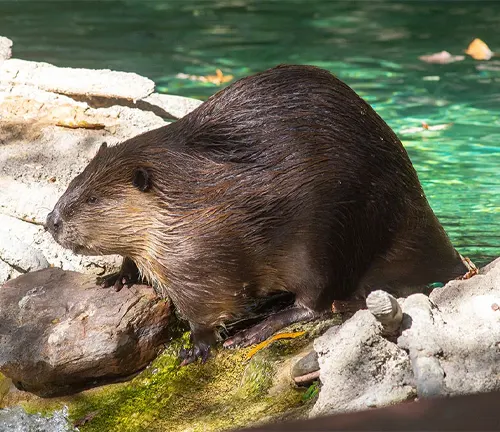
Nocturnal by nature, they spend their days constructing elaborate dams and lodges, creating suitable habitats and protecting themselves from predators. Their diet consists mainly of bark, leaves, and aquatic plants, supplemented occasionally by small fish and amphibians. Through their engineering prowess, beavers shape their surroundings, creating wetlands that support a diverse array of plant and animal species. Despite facing historical pressures from the fur trade, conservation efforts aim to protect and restore beaver populations, recognizing their importance in maintaining healthy ecosystems. Overall, the North American Beaver stands as a testament to nature’s ingenuity and adaptability, enriching our landscapes and inspiring awe and admiration.
| Specifications | Details |
|---|---|
| Scientific Name | Castor canadensis |
| Average Weight | 35 to 70 pounds |
| Average Length | Up to three feet |
| Fur Type | Dense, waterproof |
| Feet | Webbed hind feet |
| Tail | Broad, flat, multi-functional |
| Habitat | Freshwater bodies (streams, rivers, lakes) |
| Range | Northern Canada to southern United States |
| Activity | Nocturnal |
| Diet | Bark, leaves, aquatic plants |
| Supplemental Diet | Small fish, amphibians (occasional) |
| Behavior | Constructive, family-oriented |
| Engineering Feats | Dams, lodges |
| Conservation Status | Protected; conservation efforts ongoing |
Engineering Wonders of the Aquatic World

The North American beaver, known scientifically as Castor canadensis, is a fascinating mammal native to the continent. Renowned for its industrious nature and remarkable adaptations, the beaver holds a significant place in North American ecosystems.
Physical Characteristics
Weighing between 35 to 70 pounds, these semi-aquatic creatures boast a robust build and can reach lengths of up to three feet. Their most distinctive features include dense, waterproof fur, webbed hind feet for efficient swimming, and a broad, flat tail that serves multiple purposes.
The physical characteristics of the North American Beaver are distinctive and well-adapted to its semi-aquatic lifestyle. Here are the key physical traits:
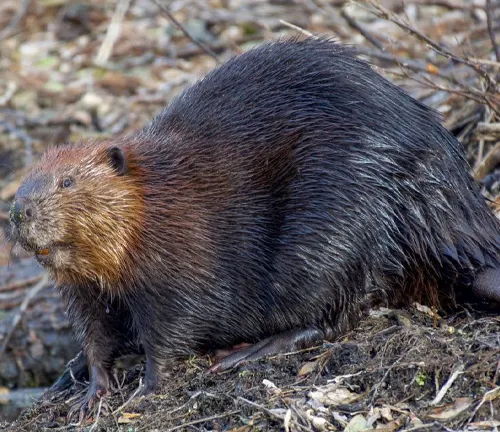
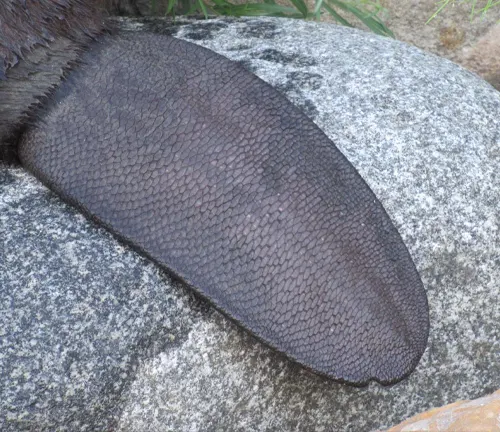
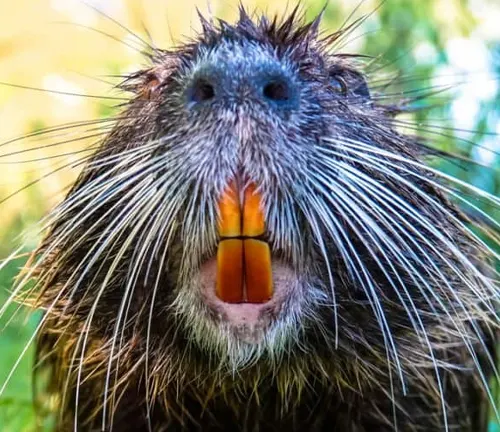
- Size and Weight: North American Beavers typically weigh between 35 to 70 pounds (16 to 32 kilograms). They can measure up to three feet (about one meter) in length, excluding the tail.
- Fur: Beavers possess dense, waterproof fur that helps them stay warm and dry in their aquatic environment. The fur consists of two layers: a dense, soft underfur and longer, coarser guard hairs on top.
- Coloration: Their fur varies in color from reddish-brown to dark brown, providing effective camouflage in their natural habitat.
- Tail: One of the most distinctive features of the beaver is its broad, flat tail. Covered in scales and sparse fur, the tail serves multiple functions. It acts as a rudder while swimming, provides balance on land, and aids in communication through tail slapping on the water’s surface.
- Teeth: Beavers have large, orange-colored incisors that continue to grow throughout their lives. These sharp, chisel-shaped teeth are essential for felling trees and cutting through tough vegetation.
- Ears and Eyes: Beavers have small, rounded ears and eyes located high on their heads, allowing them to keep a lookout for predators while partially submerged in water.
- Feet: Their hind feet are webbed, which facilitates efficient swimming, while their front feet are more dexterous and used for manipulating objects and grooming.
Habitat and Distribution
The habitat and distribution of the North American Beaver are closely tied to freshwater ecosystems across North America. Here are the key aspects of their habitat and distribution:
Preferred Habitats
North American Beavers are primarily found in freshwater habitats such as streams, rivers, lakes, ponds, and marshes. They prefer areas with slow-moving or still water that provide ample vegetation for food and materials for dam construction.
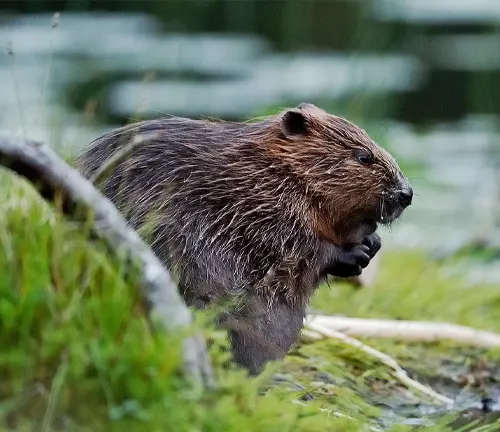
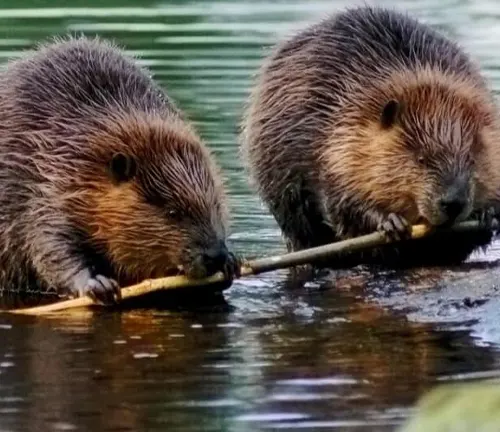
Vegetation
Beavers are particularly fond of areas with abundant deciduous trees, such as aspen, birch, willow, and maple, which they use for food and building materials.
Engineering Activities
Beavers are well-known for their dam-building activities, which create wetlands and alter water flow within their habitats. These dams provide protection from predators and create deep pools of water for foraging and shelter.
Range
North American Beavers have a wide distribution across the continent, ranging from northern Canada to the southern United States. They are found in almost every state and province within their range, with populations concentrated around suitable freshwater habitats.

Adaptability
Beavers are adaptable to a range of environmental conditions, from boreal forests in the north to temperate forests in the south. They can also inhabit urban and suburban areas with suitable water sources, although human development can pose challenges to their survival.
Behavior and Diet
As nocturnal creatures, beavers are most active during the night, spending their days in their lodges. Their diet consists mainly of bark, leaves, and aquatic plants, although they occasionally consume small fish and amphibians. The behavior and diet of the North American Beaver are fascinating aspects of their ecology. Here’s an overview of their behavior and diet:
Behavior

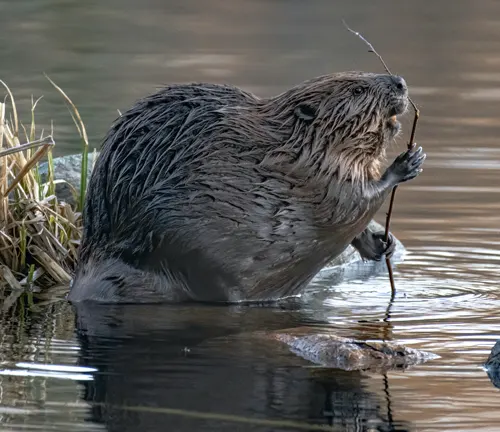
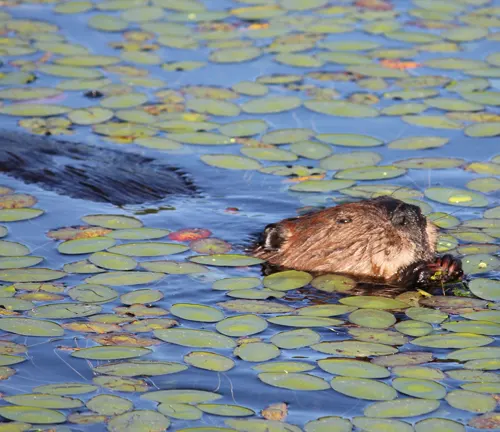
- Nocturnal Habits: Beavers are primarily nocturnal, meaning they are most active during the night. This behavior helps them avoid predators and minimize encounters with humans.
- Family Units: Beavers live in family groups composed of a monogamous pair, their offspring (kits), and sometimes older siblings. They exhibit strong family bonds and work cooperatively to maintain their lodge and dam.
- Dam Building: One of the most iconic behaviors of beavers is their construction of dams across streams and rivers. These dams serve multiple purposes, including creating deep ponds for protection and food storage, regulating water flow, and providing habitat for other wildlife.
- Lodge Construction: Beavers also build lodges, which are dome-shaped structures made from sticks, mud, and vegetation. These lodges provide shelter from predators and harsh weather conditions, with underwater entrances to ensure safety.
- Vocalizations: Beavers communicate through a variety of vocalizations, including grunts, whistles, and tail slaps on the water’s surface. These sounds convey information about potential threats, territorial boundaries, and social interactions.
Diet
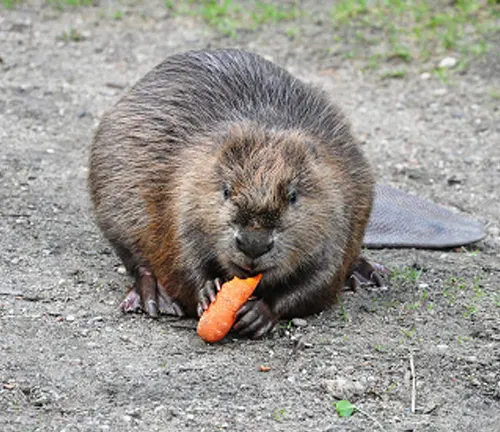
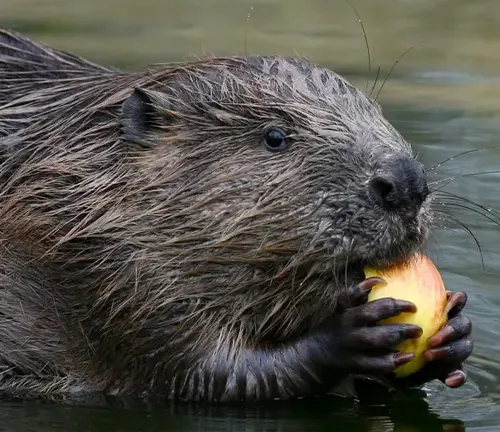
- Herbivorous Nature: Beavers are primarily herbivores, meaning they predominantly consume plant matter. Their diet consists of bark, leaves, twigs, and aquatic plants, with a preference for deciduous trees such as aspen, birch, and willow.
- Foraging Behavior: Beavers are adept at foraging both on land and in water. They use their sharp incisors to fell trees and cut branches, which they transport to their lodges or underwater food caches.
- Seasonal Variations: The composition of a beaver’s diet may vary seasonally. In the spring and summer, they consume fresh vegetation and young shoots, while in the fall and winter, they rely more heavily on stored food and the inner bark of trees.
- Occasional Animal Matter: Although primarily herbivorous, beavers may occasionally consume small amounts of animal matter, such as fish, amphibians, or insects. However, these make up a small portion of their overall diet.
Social Structure and Communication
Beavers live in family units consisting of monogamous pairs and their offspring. They communicate through a combination of vocalizations, such as grunts and whistles, and scent marking using glands located near their tails. The social structure and communication methods of the North American Beaver are fascinating aspects of their behavior. Here’s an overview:
Social Structure
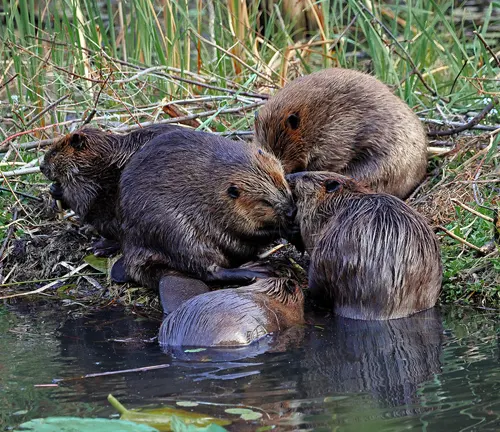
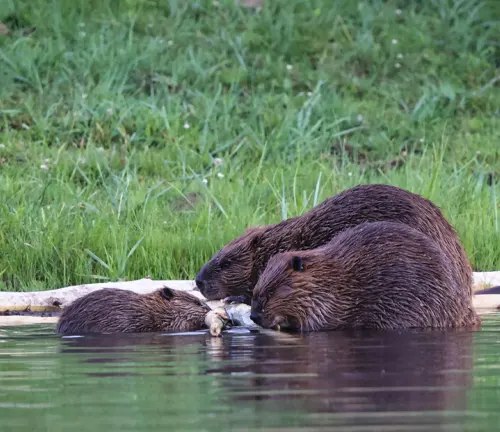
- Family Units: North American Beavers typically live in family groups consisting of a monogamous pair, their offspring (kits), and occasionally older siblings from previous litters. These family units work cooperatively to maintain their lodge, construct dams, and forage for food.
- Monogamous Pairs: Beavers form long-term bonds with a single mate, with whom they share parenting duties and territory maintenance. Monogamous pairs often remain together for life, although they may find new partners if one mate dies.
- Hierarchy: Within the family unit, there is often a hierarchical structure, with older siblings assisting in caring for and teaching younger kits. This cooperative behavior helps ensure the survival and success of the family group.
Communication
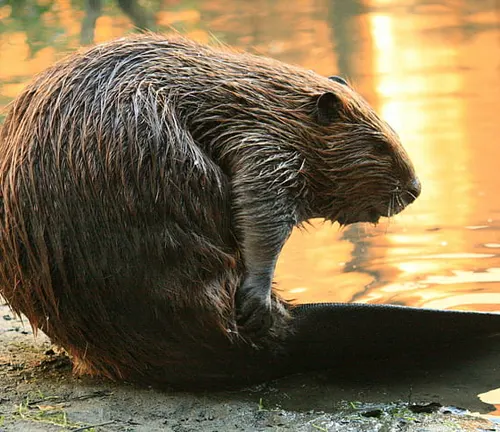
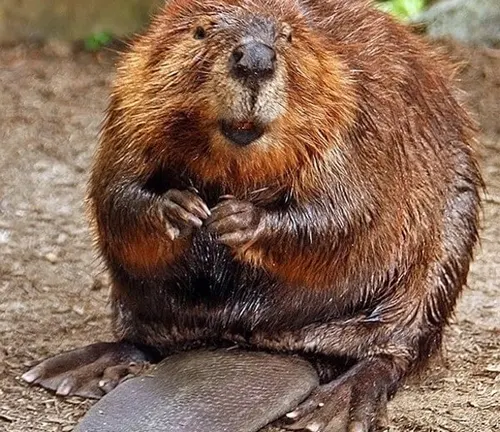
- Vocalizations: Beavers use a variety of vocalizations to communicate with each other. These include grunts, whistles, and growls, which convey information about potential threats, territorial boundaries, and social interactions.
- Tail Slapping: Beavers also communicate through physical gestures, such as tail slapping on the water’s surface. This loud, distinctive sound serves as a warning signal to alert other beavers of danger or to indicate aggression toward intruders.
- Scent Marking: Beavers have scent glands located near their tails, which they use to mark their territory with a musky secretion. Scent marking helps establish and maintain territorial boundaries and communicate reproductive status.
- Grooming: Mutual grooming is an important social behavior among beavers. Family members groom each other’s fur, which helps strengthen social bonds and maintain hygiene within the group.
Life Cycle
Breeding occurs during the winter months, with females giving birth to kits in the spring after a gestation period of around three months. Kits remain with their parents for about two years before dispersing to establish their own territories.
The life cycle of the North American Beaver is characterized by distinct stages of development, reproduction, and parental care. Here’s an overview:
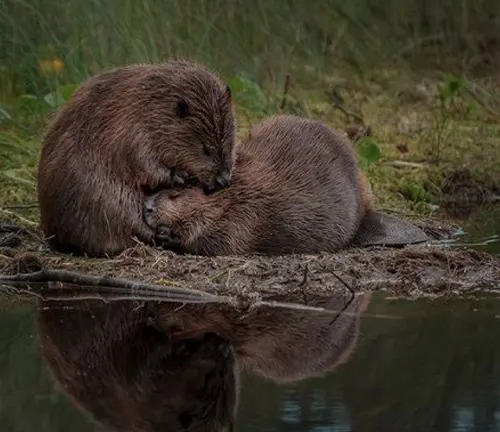
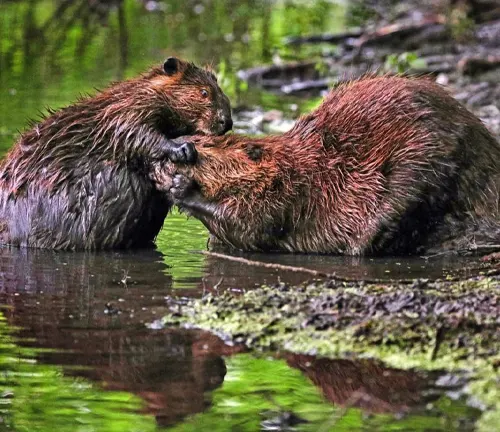
Breeding Season
- Timing: The breeding season for North American Beavers typically occurs in late winter or early spring, usually between January and March, depending on geographic location and environmental conditions.
- Mate Selection: Monogamous pairs of beavers form long-term bonds and mate exclusively with each other during each breeding season. They may engage in courtship behaviors, such as vocalizations and grooming, to strengthen their bond.
Gestation and Birth
- Gestation Period: After mating, female beavers undergo a gestation period of approximately 105 to 107 days, or about three months.
- Birth of Kits: Female beavers give birth to their offspring, known as kits, in the spring, usually between April and June. A typical litter size ranges from two to four kits, although larger litters are possible.
Parental Care
- Nursing: After birth, the female beaver nurses her kits, providing them with milk for the first few weeks of life. Kits are born blind, hairless, and completely dependent on their mother for warmth and nourishment.
- Family Structure: Both parents play active roles in caring for and raising the kits. Older siblings from previous litters may also assist in caring for and teaching the younger kits.
- Dispersal: Kits remain with their parents for about two years, during which time they learn essential survival skills, including swimming, foraging, and dam-building. At around two years of age, kits reach sexual maturity and disperse to establish their own territories.
Life Span
- Wild Life Span: In the wild, North American Beavers typically live for about 10 to 15 years, although some individuals may live longer under favorable conditions.
- Human Interactions: Beavers face various threats from human activities, including habitat loss, pollution, and trapping for fur. Conservation efforts aim to mitigate these threats and ensure the long-term survival of beaver populations.
Challenges and Threats
The North American Beaver faces several challenges and threats to its survival, many of which are the result of human activities and habitat alterations. Here are some of the primary challenges and threats:
Habitat Loss and Fragmentation
The conversion of natural habitats for agriculture, urban development, and infrastructure projects leads to the loss and fragmentation of suitable beaver habitats. This reduces the availability of food, shelter, and breeding sites for beavers.

Pollution
Pollution from industrial runoff, agricultural chemicals, and urban waste can degrade water quality in beaver habitats. Contaminated water can harm beavers directly through ingestion or indirectly by reducing the availability of food sources.
Trapping and Hunting
Historically, beavers were extensively trapped and hunted for their fur, which led to significant population declines. Although regulated trapping practices exist today, illegal trapping and hunting still pose a threat to local beaver populations in some areas.
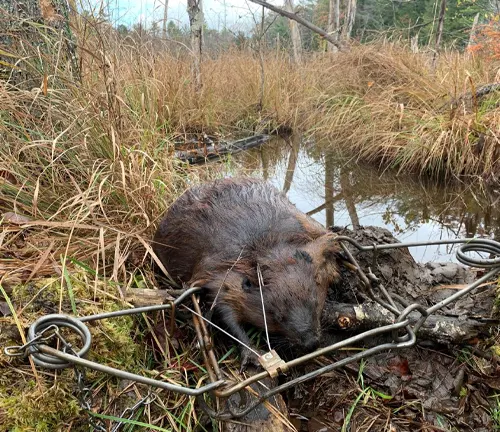
Human-Wildlife Conflict
Beavers can sometimes come into conflict with humans, especially in areas where their dam-building activities lead to flooding of agricultural land, roads, or residential properties. This can result in negative attitudes towards beavers and efforts to remove or relocate them.
Climate Change
Climate change poses a threat to beaver habitats by altering temperature and precipitation patterns, which can affect water availability and habitat suitability. Extreme weather events, such as droughts or floods, can also disrupt beaver populations and their habitats.
Predation
While beavers have few natural predators as adults, their kits may be vulnerable to predation by larger carnivores such as bears, wolves, and coyotes. Increased predation pressure can limit reproductive success and population growth.
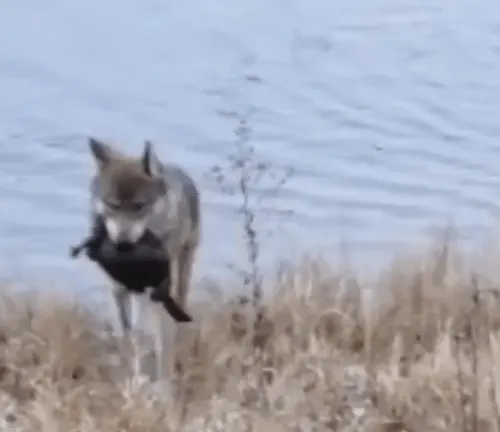
Disease
Beavers are susceptible to various diseases and parasites, including parasites transmitted through contaminated water and infections from wounds or injuries. Disease outbreaks can have significant impacts on beaver populations, especially in areas with high population densities.
Different Species
The North American Beaver, or Castor canadensis, is a single species of beaver native to North America. There are no distinct subspecies or variations recognized within the North American Beaver species.
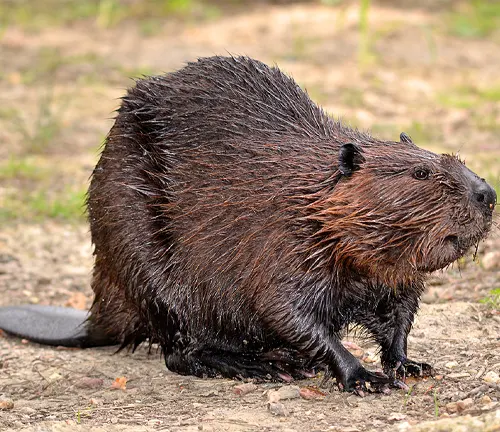
Frequently Asked Questions (FAQs)
- What do North American Beavers eat?
Beavers primarily consume bark, leaves, and aquatic plants, supplemented occasionally by small fish and amphibians. - How long do North American Beavers live in the wild?
On average, beavers live for about 10 to 15 years in the wild, although some individuals can live longer. - How many kits do beavers typically have in a litter?
Beavers typically give birth to two to four kits in a litter, although litter sizes can vary. - What predators do North American Beavers have?
Common predators of beavers include bears, wolves, coyotes, and large birds of prey such as eagles. - Do beavers migrate or stay in one area?
Beavers are primarily sedentary and tend to establish territories near water bodies where they construct dams and lodges. - How do beavers build their dams?
Beavers build dams using branches, mud, and rocks, creating barriers across streams and rivers to create deep ponds for protection and food storage. - Are beavers considered pests in certain areas?
While beavers provide ecological benefits, their dam-building activities can sometimes cause conflicts with landowners, leading to concerns about flooding and property damage. - Do beavers have any natural predators?
Apart from humans, common predators of beavers include bears, wolves, coyotes, and large birds of prey such as eagles. - How long can beavers stay underwater?
Beavers can hold their breath underwater for up to 15 minutes, using their webbed feet and flattened tails for efficient swimming. - What are the differences between North American Beavers and Eurasian Beavers?
While similar in appearance and behavior, North American Beavers (Castor canadensis) and Eurasian Beavers (Castor fiber) have slight differences in size, habitat preferences, and geographic distribution. - Do beavers have any natural enemies besides predators?
Apart from predation, beavers face threats from disease, habitat loss, and human activities such as pollution and habitat destruction.


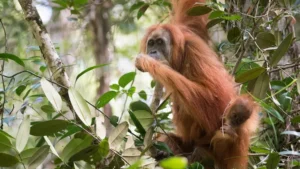
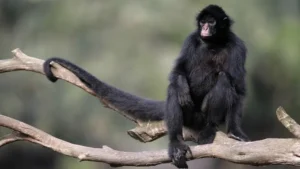


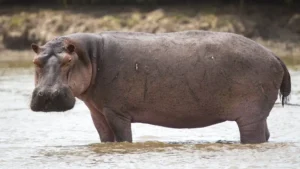
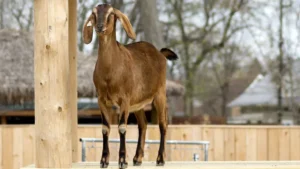

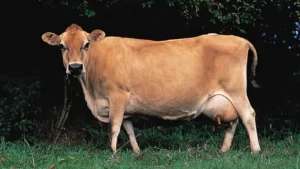

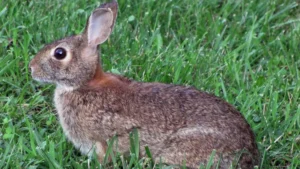
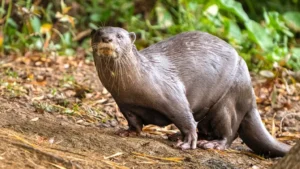

Leave your comment